Estimated reading time: 18 minutes
Life is a beautiful tapestry woven with countless threads of experiences, lessons, and growth. In the midst of this intricate masterpiece, I have discovered the transformative power of journaling.
Journaling has become my compass, guiding me through the ebb and flow of life’s challenges.
Today, I invite you to embark on a reflective journey with me as we explore the profound impact of journaling and the wisdom it holds.
In my journal pages, I have found solace and clarity amidst the chaos.
- It is a sacred space where I pour out my thoughts, emotions, and dreams.
- A sanctuary bearing witness to my journey of personal growth.
There is a magical connection between pen and paper, a therapeutic dance allowing me to unravel the complexities of life and discover hidden gems.
Let me show you how!
Table of contents
Background
As I flip through my journal pages, I am reminded of the immense power of reflection.
In these moments of looking back, I easily discern the patterns, themes, and life lessons shaping my existence.
Each entry becomes a mirror, reflecting the person I once contrasted with who I have become.
Journaling is my time capsule, capturing the essence of my thoughts and experiences and allowing me to measure my progress with a compassionate and discerning eye.
Life’s journey is paved with peaks and valleys, victories and setbacks, but we find the silver linings amidst the storm clouds through reflection.
In revisiting our past selves, we realize the magnitude of our growth and transformation.
Journaling has gifted me the ability to witness my own evolution, celebrate the triumphs, and embrace the lessons learned from the trials.
In these pages, I find the strength to face new challenges and the courage to continue growing.
With pen in hand and an open heart, always.
Reflections
As I sit down to write this, I am filled with a sense of awe and gratitude for the journey of personal growth I have been on.
It’s remarkable how life’s twists and turns lead us to unexpected places, where we find ourselves face-to-face with the profound lessons that shape our existence.
Today, I invite you to join me on a reflective exploration as we delve into my journal pages of 2021 and 2020 to witness the transformative power of embracing life’s challenges.
Journal Reflection 2021
Greetings, my dear friends. I hope this message finds you surrounded by moments overflowing with joy and love, filling your hearts to the brim.
As I sit here, reflecting on the whirlwind of experiences shaping my path over the past few years, I am reminded of the profound lessons we learn through the tapestry of everyday life.
Lessons emerge when we slow down, take a moment to breathe, and embrace the challenges that come our way.
These lessons become the building blocks of personal growth, leading us toward a life of fulfillment.
Looking Back
Back in 2020, I wrote an article titled “Holding Space in Hainan, China,” capturing the essence of my journey at that time.
Today, I stand before you with an updated perspective enriched by the wisdom gained from navigating the twists and turns of life.
One of the most transformative lessons I’ve learned is the power of slowing down and savoring the journey.
Key Memories
As I immersed myself in the enchanting environment of Hainan, China, I discovered a stark contrast to the bustling pace of life I had grown accustomed to.
In a world where millions rush from one obligation to the next, the people of Hainan moved with serene grace, strolling along streets, beaches, and walkways, reveling in the present moment.
Their contentment and joy were infectious, and I soon found myself aligning with their unhurried pace.
I embraced the afternoon siestas and relished every encounter, cherishing the simple conversations and invitations that brought the island’s vibrant life closer to my heart.
In this newfound rhythm, I realized the importance of cherishing each step, finding beauty in the small moments, and truly enjoying the journey unfolding.
Life Sometimes Has Other Plans
Life, the patient teacher, offered another poignant lesson when I least expected it.
A routine medical examination revealed a congenital heart condition called Wolf Parkinson White Syndrome.
Initially, I was overcome by grief and uncertainty, mourning the loss of the dream of being an organ donor.
However, through this process, I discovered a deeper connection with my heart, which I affectionately named “Berry.”
With her unique wiring and irregular beat, Berry became a symbol of resilience and a reminder to approach life consciously.
She yearned for me to slow down, make deliberate choices, and relish the path I was treading. In this revelation, I found solace and a newfound appreciation for the intricate connection between our physical and spiritual selves.
As the universe often does, it responded to my vulnerability with a timely gift.
In the midst of my anxiety, a serendipitous encounter introduced me to Murphy, a kind soul who happened to be on residency for cardiothoracic surgery.
His presence in my life brought reassurance and a profound sense of love and acceptance.
Murphy’s friendship exemplified the art of holding space for others. Our friendship was a gentle reminder that love, in its purest form, requires no judgment, advice, or expectations.
Through his wisdom, I realized love flows effortlessly, unburdened by the need for constant struggle.
This epiphany transformed my perspective on relationships and taught me to discern the presence of love, where it exists harmoniously and authentically, without the need for excessive effort.
Life’s lessons, however, don’t always come wrapped in serenity and grace.
Here’s my original post with the full story!
Journal Entry 2020: Holding Space in Hainan, China
Good day, my beloveds. I hope you are immersed in the moments that fill you with joy and an abundance of love.
This past month has been a roller coaster of experiences as I continue down this road of choosing love.
This post is dedicated to celebrating the lessons we know we have learned about love and life.
I started classes early this month, which has been a whirlwind of learning.
I have not taught high school students before, let alone high school students whose first language is not English.
Provided with three textbooks for grades 10, 11, and 12, I started to build lesson plans.
Then, I would teach a lesson and revise, rebuild, and try again.
After one month of classes, I can confidently say I make things more complicated than necessary.
Lesson One: Slow Down and Enjoy the Journey
Lesson one for me was to embrace the cliché and appreciate the journey by taking it slow.
Hainan is a very different environment than Canada or Beijing.
In Beijing, 11 million people use the subways daily.
People are running from home to work, to dinner to home to work to family events and home again.
The remaining 11 million people are running, literally running, on their e-bikes or in their cars in the same hustle.
In Hainan, people stroll along the streets, walkways, and beaches and get where they are going when they get there.
Two weeks in, I felt like I had stopped suddenly and had motion sickness.
Adapting to Work and Life
Workdays here start at 8:00 am, and at noon, everyone takes a nap after lunch until 2:00 pm.
Depending on the industry, businesses and government offices open after 2:00 pm and will either close at 6:00 pm or stay open after 10:00 pm.
People are happy here. People are enjoying life here.
They have abundant food, mostly fish, fresh fruits, and vegetables, and they enjoy every morsel in every moment.
Walking down the street, I am stopped for short conversations, with people just wanting to say “hello” and for invitations to take in the island life.
I have met many locals and foreigners here and am truly enjoying myself.
There is no rush here for anything. At times it is frustrating. Most of the time, I align myself with this pace of life.
I have embraced nap time fully and have long ago given myself permission to enjoy daily naps and the contentment they bring.
I continue to listen to my ancestors’ messages and the universe’s signs.
This guidance has opened me up to experiences I likely would not have had if I were still running from one thing to the next.
The Story
A visa requirement in China is for foreigners to complete a medical exam every six months or with every new work permit application.
As I was between work permits between Beijing and here, I needed to do another medical last month when I arrived.
Cringing at the hard truths I learned from this process about my physical state, I went to the foreign medical hospital to complete this daunting task.
We are sent from room to room for every possible test needed to determine our physical health.
Knowing I still have work to do with my body, it is a humbling but unsurprising experience.
This time, though, I was surprised. My test results in December affirmed a few issues for me. These results named the issues.
My heart has pre-excitement syndrome.
Rediscovering Old Truths
I always knew and was told by Canadian doctors about my irregular heartbeat. I would feel it occasionally, but it was never worth much attention.
It remains a minor issue, and now it is confirmed as Wolf Parkinson White Syndrome, and I am aware of any contraindications affecting my life in the future.
This congenital issue basically means my heart was developed with extra wiring between the upper and lower chambers.
Pre-excitement means the wiring fires before the valves open, and the timing is off a bit, creating a distinct irregular heartbeat on the ECG.
Seeing this name on the results sent me spiraling.
I had no idea what this meant. More specifically, I had no idea what this meant for the life I am creating abroad.
I have learned this issue is minor, not life-threatening, and I do not have any other issues with my heart.
What saddens me and sends me into a state of grief is I can no longer aspire to be an organ donor for my heart.
I had pride and comfort in believing I could give someone else life after mine ended.
I spent a few days grieving this loss while fearing I would lose this life I have come to love, and, in the end, I am convinced of two truths.
- My heart, now named “Berry,” is special because of how she is built.
- Spiritually, I understand more about her.
In getting to know her this way, I see how she would jump into new experiences and freely give love to anyone she thought would benefit from her gifts.
Now, she needs me as much as I need her to slow down, make conscious decisions, and enjoy the journey.
The Universe Always Delivers in Our Times of Need
The universe responded in my time of need.
It is always funny to me and totally unsurprising how we are presented with opportunities when we need them the most.
It is like the universe is like, ‘Enjoy the journey, and by the way, you are going to need this.’.
The day I was at the medical hospital getting the tests done, I started chatting up the other foreigners who were also doing the tests.
From room to room, as we waited in line, we talked about food and life in China.
One person was so friendly and open, and we started talking at the lab while waiting to give blood.
Facing Our Fears Bravely
I am terrified of needles.
In Canada, I would pass out, and the nurses would have to put me on a bed and use a small children’s needle to do any labs on me.
Here, I put my best and bravest foot forward as I sat on the stool and stuck my arm through a window to give blood.
While standing in the lab, I overheard others talking about how one other person feared giving blood.
I breathed a sigh of relief and thought, ‘Good, I am not alone.’
We went to the next room and started chatting again about ethnic foods and general chit-chat.
In the last room, one of the men came in to tell me where to get the ticket to return for our results.
I thanked him and went to the desk he mentioned, and as we were standing there, he asked for my WeChat contact information.
We shared our contact and were on our way.
Reality Sets In
Two days later, I returned for my results and was leveled with shock, fear, and grief.
I spent the rest of Friday reeling with terror and loss.
I was searching online, imagining the worst, crying and panicking.
My soul sister and I did a FaceTime call to debrief.
I went to my smudge pot, prayed, meditated, and eventually fell asleep.
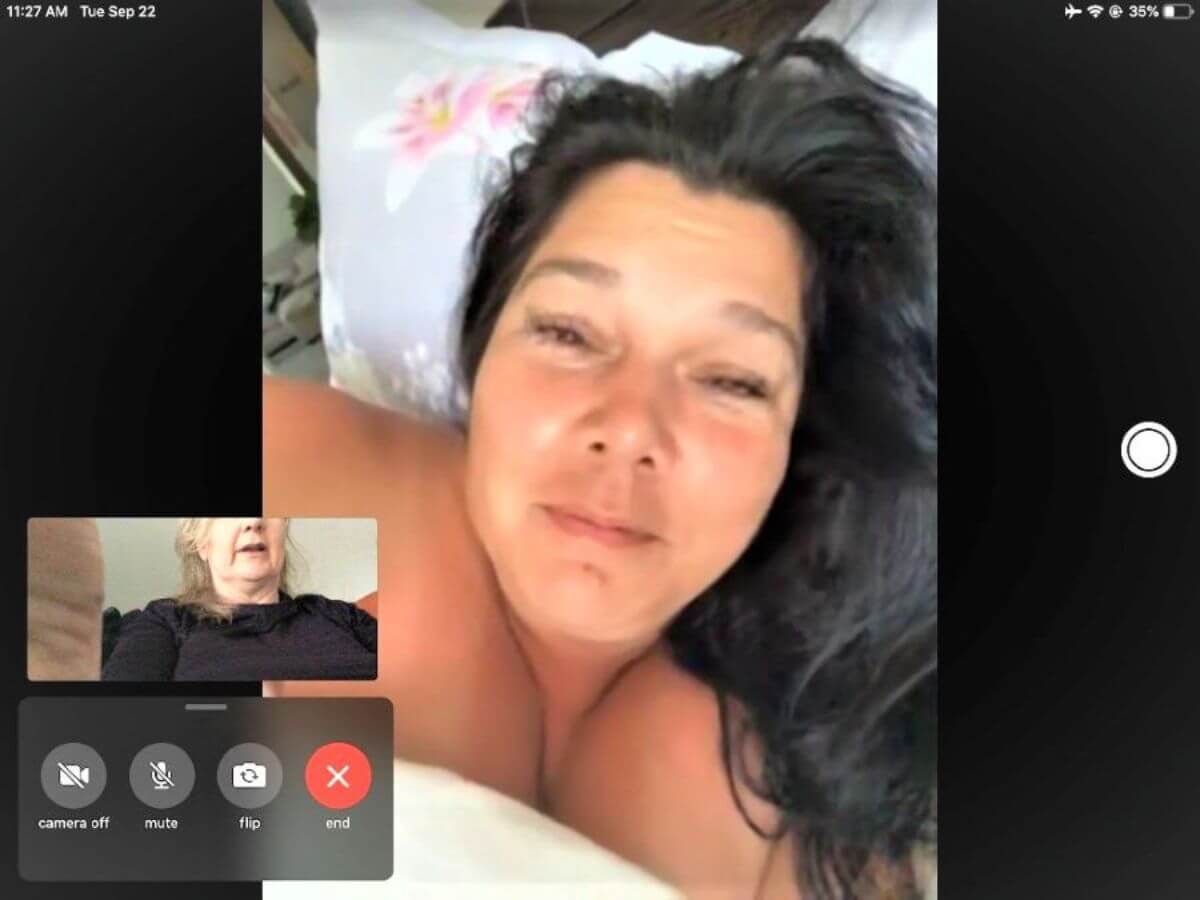
The next day Murphy, the man from the clinic, messaged me to say ‘hi,’ and we chatted.
I felt so disengaged but grateful for the distraction and the conversation.
We chatted through the normal introductions as foreigners in China. When I asked him what he was here for, he replied, “I am a doctor on residency for cardiothoracic surgery.”
Numb, I put my phone down, looked up, and said, ‘Of course he is.’.
My tears of grief turned to tears of joy, feeling completely loved and feeling completely embraced. Another affirmation I am exactly where I need to be right now.
Murphy and I have developed a good friendship over the past three weeks.
He has a beautiful heart; a generous spirit, and I am grateful.
My soul sister always tells me people come into our lives for reasons and seasons.
Murphy has stepped into my life and helped me bring consciousness to Berry’s existence, and I feel truly grateful. All my relations.
Lesson Two: Holding Space
Lesson two for me is about how we hold space for others.
I have focused so much energy on creating space for others and realized I am also still learning how to hold space for others.
In the spirit of ‘reasons and seasons’, a dear friend has taught me how to hold space.
He has taught me through his words and shown me how he holds space for me in real-time action.
In essence, this is the purest form of love. Unconditional love where there is no judgment, no advice, no expectation, nothing other than love in the purest form while sharing space together.
The Universe Delivers Again
In a truly vulnerable moment after learning the new name for an old issue with Berry, I felt alone, exhausted, and downright icky.
Thomas called me, and we talked about life as we do, and my heart cried out for answers.
We discussed holding space for others, and he said, ‘It’s not that hard.’
When he said it, it sounded and felt like we were in a spotlight moment.
Almost like he was sitting on a stool on a stage with a spotlight on him, and his words echoed throughout the room.
I will never forget this moment.
It struck me because I always thought it was hard or needed to be hard, and I was doing it wrong.
My karmic lessons about love are that love is hard and love is work.
In reading Deepak’s works, meditating, and leaning into my spirituality, I have heard love is not meant to be hard. Love begins and ends with self-love, and love just is.
- But what about with others?
- Does the same apply in relationships with others as it does in relationship with ourselves?
- How do we project love from within to without?
- What does this all mean?!
I watched Thomas while he talked and shared this profound wisdom with me, and I felt complete peace and calm.
It was like all the pain and worry; everything lifted in that split second.
Reflecting on Pivotal Moments in Life
I have reflected on this moment because it touched me deeply and was life-changing.
This was a pivotal moment for me to understand love and gave me one criterion when looking at my relationships.
A love moment:
- If it is love, it will just be.
Anything else feeling like a lot more work than what it needs to be, is not for me, and I will no longer hold space for it.
There is no room when there is love. Holding space is love.
This also applies to my relationship with my work. Working so hard to create lessons is not love.
Love in teaching my lessons is listening and then creating.
After our call, I started to journal old beliefs and experiences, I re-read and re-watched spiritual teachings through a lens of love being love, and everything changed.
Everything seemed lighter and brighter.
The universe gave me a gift in Thomas and his message. He showed me in real-time how to hold space while sharing wisdom, and as the stars aligned for me at that moment, the click was a gentle chime, and I understood.
It was a profound moment, and I am grateful. My grandmother’s prayers are still watching over me. Meegwich.
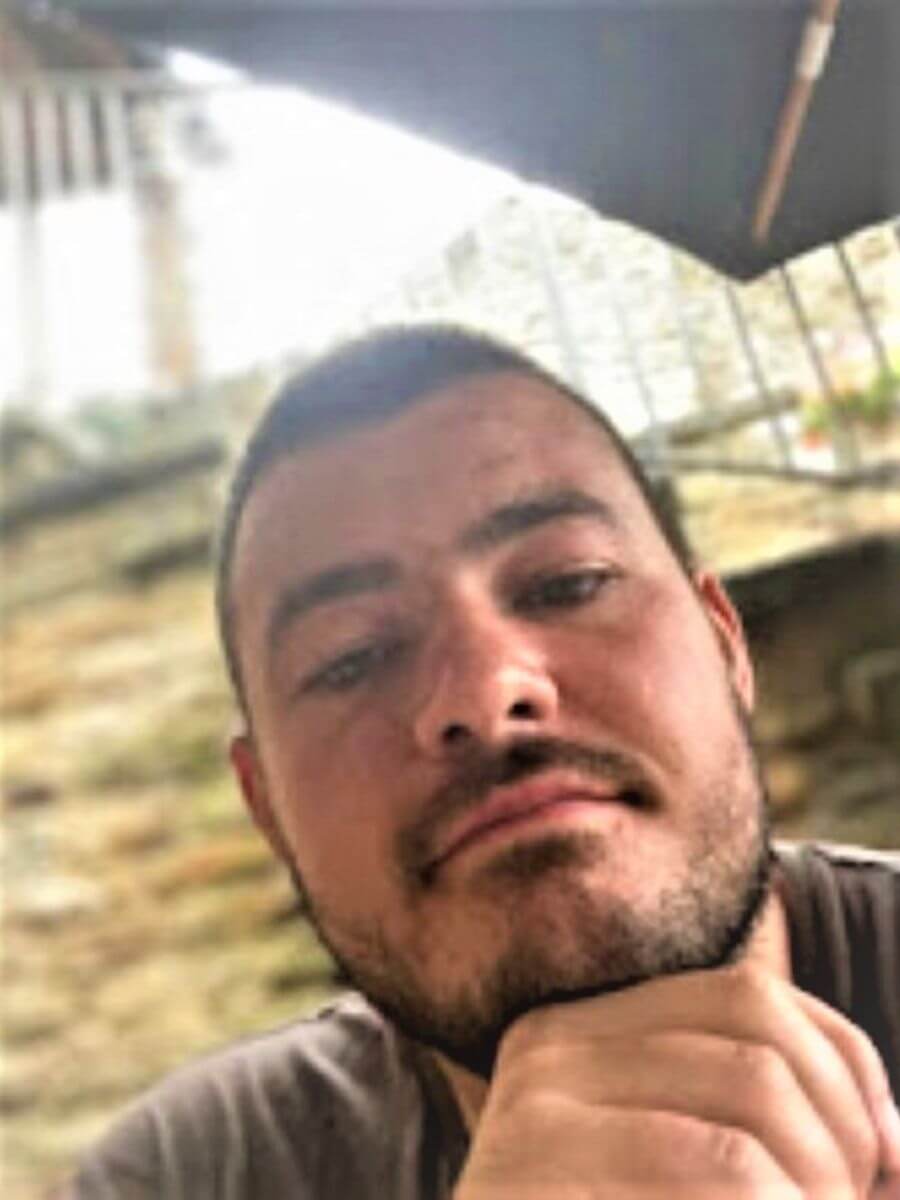
Lesson Three: There is Always a Higher Purpose
Lesson three for me is that sometimes shit just happens, and sometimes when the shit happens, there is a higher purpose for our greatest good.
Two weeks ago, I was at school for two classes totaling eighty minutes.
My colleague and I were planning brunch after class, planning our location, and walking out to our e-bikes.
The day was beautiful and bright, and we were done for the day. I was excited about lunch, some free time, and my daily nap.
When I arrived at where I had parked my e-bike, the space was filled with another e-bike.
I took a deep breath, put my head down, and sighed.
My ebike was stolen. I have been here before.

My First Stolen Bike
Last year after I sold my truck in Canada, I went to the library on a beautiful Sunday morning bike ride.

My bike was my only source of transportation in my last few months in Canada. I locked my bike outside, and when I came out a few hours later, my bike was completely stripped of tires, seat, gears, and handlebars.
With the lock intact, I left the frame on the parking meter and walked to my Airbnb 10 km from the library in the rain.

This time, my entire e-bike was taken!
I desperately clicked my alarm, hoping to hear it call out for me as I thought I might have forgotten where I had parked it.
No alarm, just silence as I clicked frantically.
Greg rolled up on his e-bike, and we rescheduled our lunch when I told him what had happened.
With my head hung low, I walked home, crawled into bed, and cried.
After my nap, I meditated, and in meditation, I realized I needed to walk more.
I need to move more.
I will take a scuba diving course in October, and now that I know the limits with Berry (Thank you, Murphy), I need to focus on cardiovascular health.
Thomas is so dedicated to his walking time, has transformed his life with walking, and inspires me to do better.
This is my time to do better.
I have decided I do not need an e-bike in my life right now. Although this decision was largely imposed upon me, I feel better after two weeks of solid walking.
I feel limber and lighter, giving me time to slow down and be in the moment.
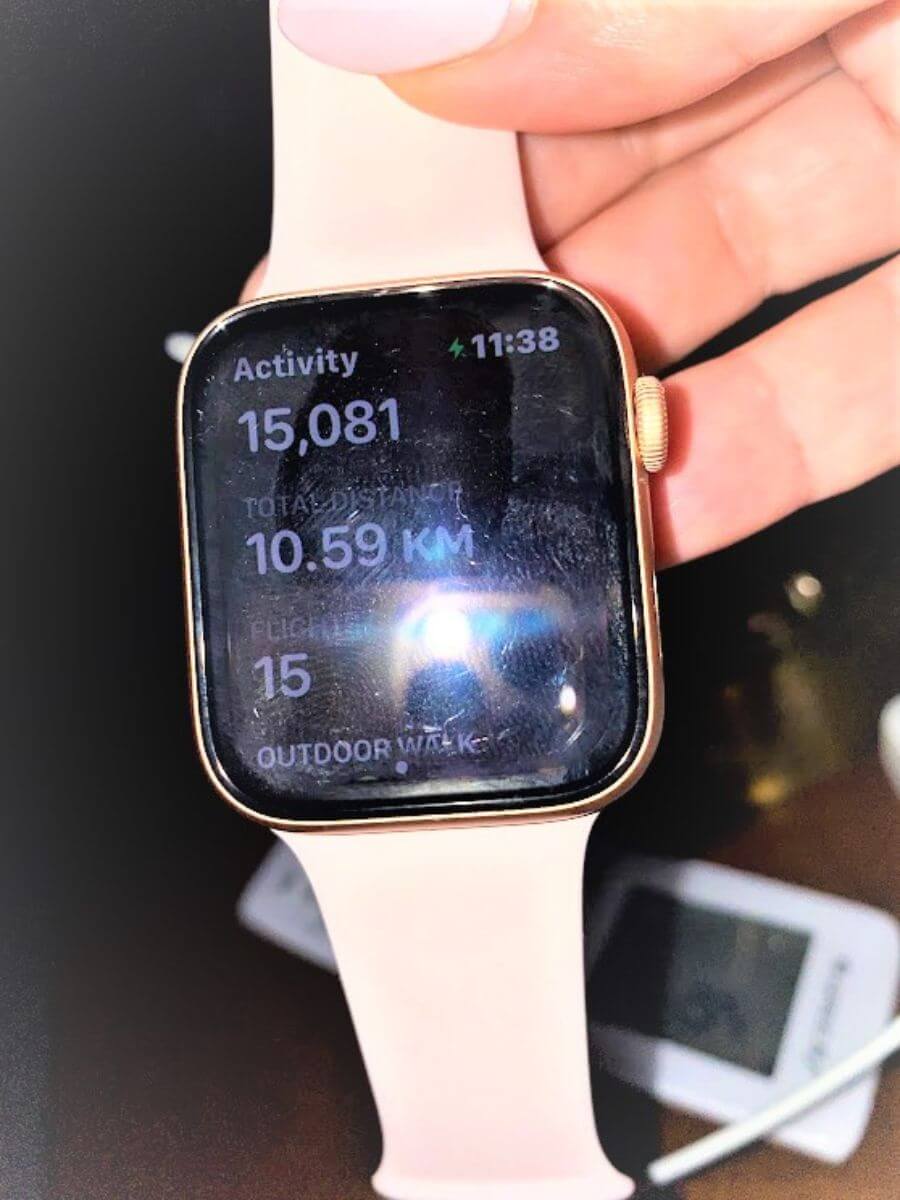
Summary
In this fast-paced world, it’s too easy to get caught up in the relentless pursuit of success, constantly moving forward without pausing and reflecting.
But I have realized true fulfillment lies not in the destination, but in the journey itself.
The intimate connection between pen and paper has become a trusted companion, allowing me to capture the essence of my thoughts, emotions, and experiences.
By slowing down and immersing ourselves in the present moment, we open ourselves up to the profound lessons hidden in plain sight.
My friend:
- When did you last pause to reflect on your journey?
- Have you ever revisited the pages of your own journal, seeking guidance and inspiration from the person you once were?
We often underestimate the depth of wisdom that lies within us, waiting to be uncovered.
The experiences we encounter and the challenges we face all hold valuable lessons to guide us toward a life of fulfillment.
Through these moments of reflection:
- We gain a deeper understanding of ourselves and our purpose.
- We learn to navigate the intricate tapestry of life, embracing both the light and the shadows with grace and resilience.
- In messy, imperfect moments, we find the raw material for growth and transformation.
As I share my experiences and insights with you, I humbly invite you to embark on your journey of self-discovery.
The road may be winding, but in these twists and turns, we find the true essence of our being.
Are you ready to embrace the challenges, reflect on the lessons, and embark on a journey of self-discovery?
Thanks for stopping by!
Until next time,
Suzanne










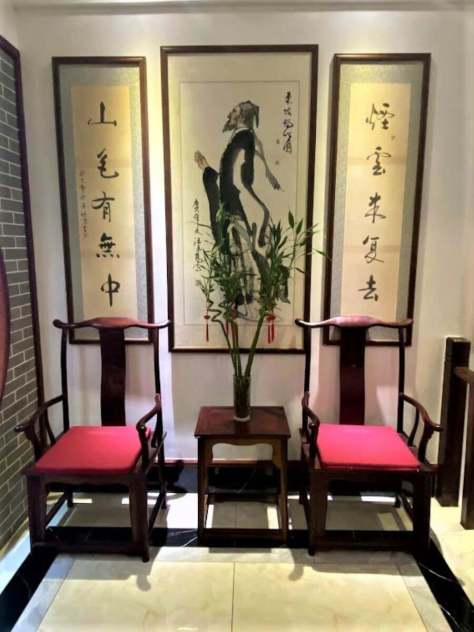




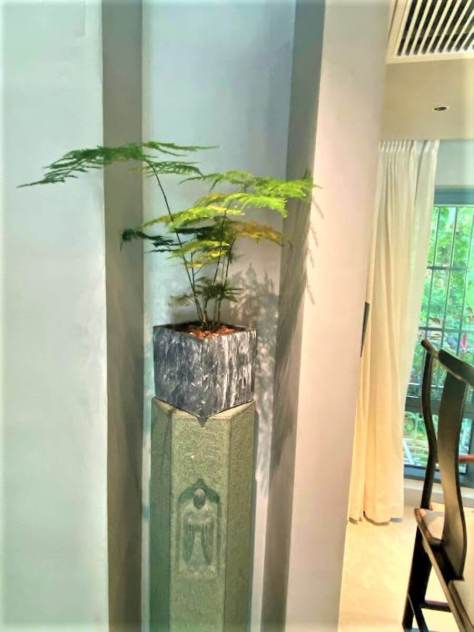


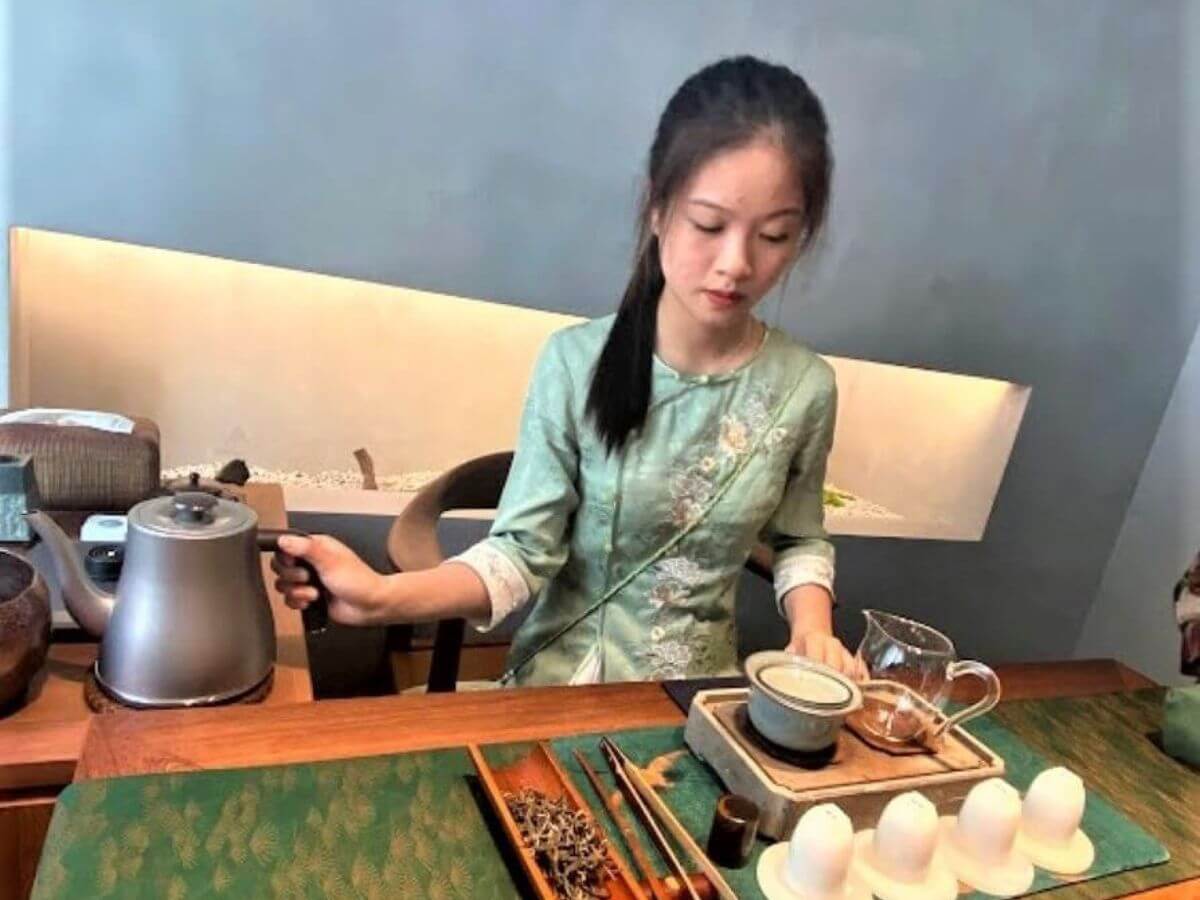

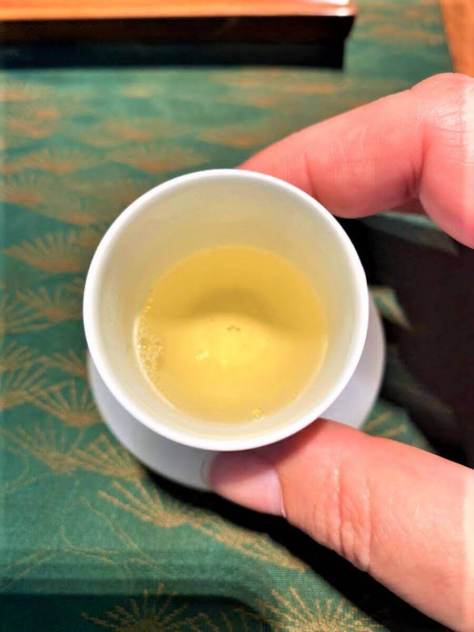

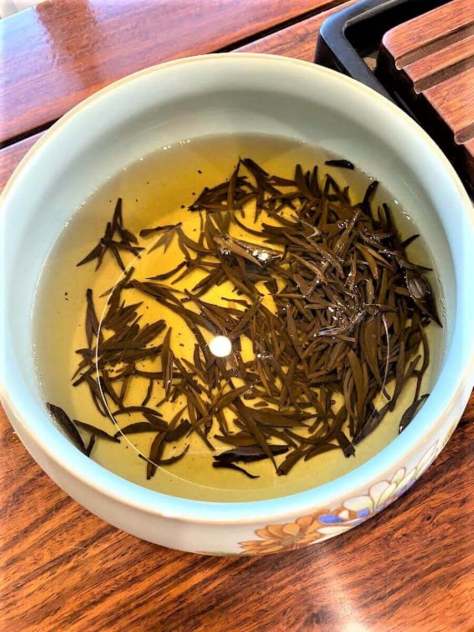











You must be logged in to post a comment.